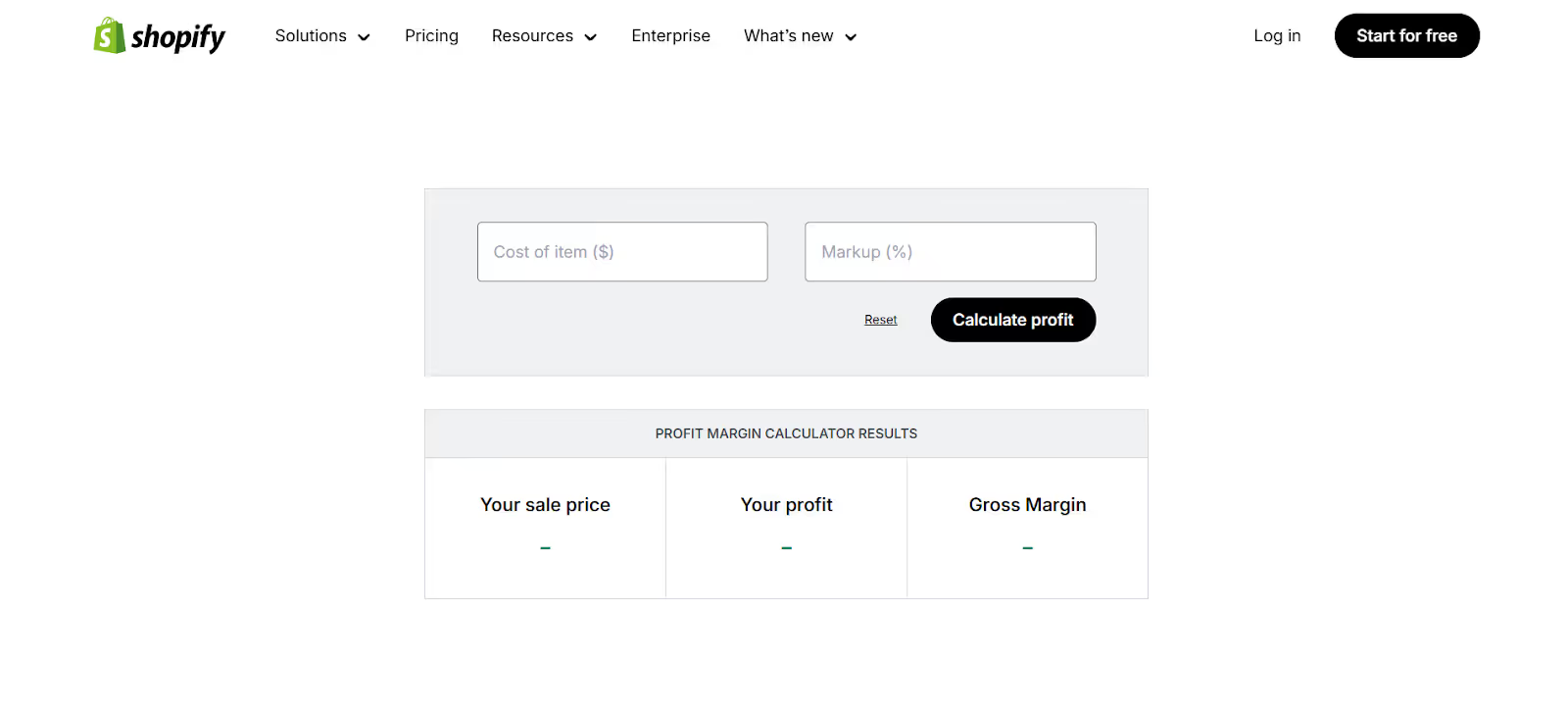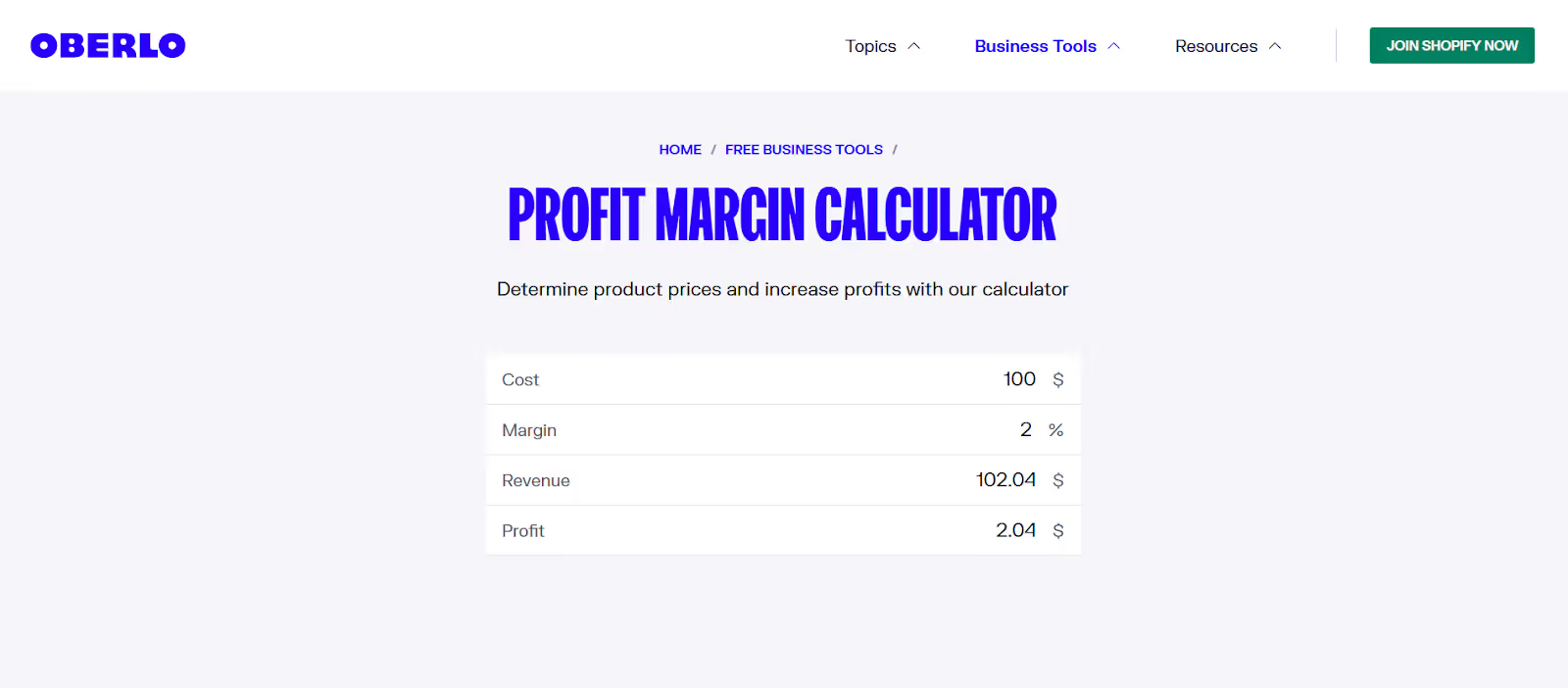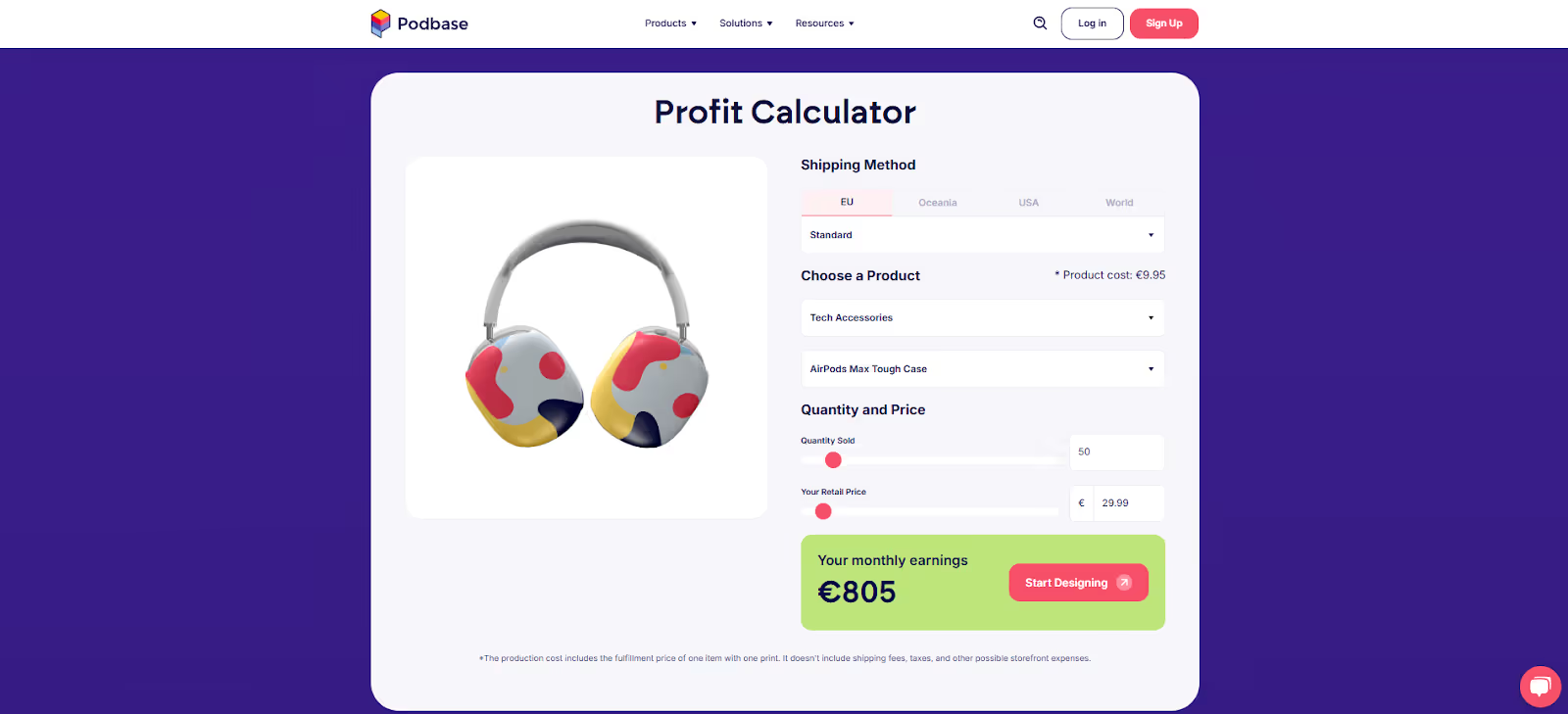Pricing your product right can make or break your business. Get it wrong, and you could chase customers or lose money on every sale. Get it right, and you have a higher chance of steady profits, loyal buyers, and brand growth.
It doesn’t matter if you’re selling phone cases or designing custom gear. It’s highly important to learn how to price a product. The good thing is that you don’t need a finance degree to figure it out.
In this guide, we’ll look at how to price a product, different pricing strategies you can use, and mistakes to avoid. We’ll also list some free tools and calculators you can use to set a price for a product.
Let’s get started.
Why Product Pricing Matters More Than You Think
The price of your products affects more than just sales. It shapes how customers perceive your brand and determines your profit per sale. A price that's too low can hurt your gross margin, while a price that’s too high may drive customers away.
Product Pricing Strategies Explained (Cost-Based, Market-Based & More)
There’s no one-size-fits-all solution when it comes to pricing a product. When learning how to price a product, you need to pick a strategy that aligns with your product, audience, and goals. Let’s look at some of these pricing strategies.
Cost-Plus Pricing Formula
This is the easiest method. Plus, it’s a good place to start if you're just launching your POD business.
Here, you calculate how much it costs to make or source your product. Then, you add a markup to earn a profit.
For instance, let’s say it costs you $20 to make a product in your catalog. With this method, you can add a 40% markup and sell that product for $28.
One thing, though: Make sure your markup leaves some room for platform fees, shipping, packaging, and so on. This way, you have a healthier profit margin.
Market-Based Pricing
This method involves looking at competitors when figuring out how to price a product. Scan your competitors and look at how much they charge for a similar product. From here, you can estimate a fair and competitive price.
This strategy is good if you’re selling in a saturated market, such as smartwatch bands or phone accessories. It also works if you want to stay within your audience’s budget range.
Additionally, when researching, go beyond pricing. Check if competitors offer bulk deals, bundles, or loyalty rewards. These can influence buyer decisions just as much as price tags.
When using this method for how to price a product, don’t just blindly copy competitor prices. Their costs and brand value may be very different from yours.
Also Read:
- How to Avoid Copyright Infringement in Print-on-Demand
- How to Sell on Pinterest: Step-by-Step Guide
- How to Make Money with Canva in 2025 (Beginner Guide)
Value-Based Pricing
Here, you focus on what your product is worth to your customer and not just what it costs you. So, ask questions like: “What problem does my product solve?” and “What is that worth to my ideal buyer?”
This works well if you’re into custom products, hand-designed cases or accessories, branded collections, or limited edition products. For example, let’s say your phone case design supports a cultural message, customers may be willing to pay more to support the story behind it.
The key thing with this pricing method is that you can often charge more, as long as you deliver on that value.
Competitive Pricing Tactics
This strategy blends different ways for how to price a product. That’s why it’s ideal for crowded markets. You can either undercut a competitor to attract first-time buyers or match the price of a popular product to stay competitive.
Another option is decoy pricing, where you set a high price for a certain product to make mid-priced items seem like better deals.
A key tip: Don’t just compete on price - focus on value, brand, and customer experience as well.
How to Calculate Your Product Price (Step-by-Step)
If you want profit and not just sales volumes, then you need to do the math. Let’s walk through how to price a product with an example.
Say you want to make print-on-demand phone cases. Here's how to price your product the smart way.
1. Add Up All Your Costs
Start by listing your fixed and variable costs. Your fixed costs are those that basically stay the same every month. This includes things like:
- Website subscription
- Design software
- Monthly POD app fee
- Marketing tools or ads
You also have your variable costs. This can vary with each item or product in your catalog and includes:
- Phone case printing cost
- Shipping per item
- Packaging
- Platform fee or commission
2. Apply the Cost-Plus Formula
Let’s say you're using Podbase to sell a phone case. Here's a breakdown you can do:
After this breakdown, you can now decide your markup. In this case, let’s use 100%.
$13.75 x 2 = $27.50 (This is your recommended retail price.)
3. Adjust Based on Perceived Value
If your design is exclusive, seasonal, or branded, customers might be willing to pay more. You should also consider this when thinking about how to set a price for a product.
You can test prices like $29.99 for premium packaging and $32.00 for bundles (e.g., a phone case and a screen protector).
4. Check Your Profit Margin
Using our example, we can check how much profit you should make on a product. Below are sample profit margins for a single item versus a bundled offer that includes a screen protector:
From this, you can see that bundling lets you increase the value of your profit without lowering your margin, even with a higher cost.
Pricing Mistakes to Avoid (And How to Fix Them)
Even great products can fail with inappropriate pricing. Here are common mistakes you should avoid and ways to fix them.
Setting Prices Without Market Research
You don’t want to pick numbers based on gut feeling, or worse, what “feels fair.” Instead, search for similar products on platforms like Etsy, Amazon, and competitors’ sites.
After that, take note of price ranges, product reviews, and what customers praise or complain about. Then, use that data to position your product wisely.
Pro tip: Don’t just look at price. Instead, look at what buyers are getting for that price.
Ignoring Packaging or Shipping Costs
That “$5 profit” can disappear fast if you forget to add packaging, shipping, and handling fees. So, always include these when calculating your total costs.
If you offer “free shipping,” build that cost into your retail price. You should also track how often you’re absorbing last-minute shipping fees or promo costs. These small leaks can drain your margins over time, especially in POD businesses.
Not Factoring in Promotions, Returns, and Overhead
Are you running a sale? Handling refunds? Or using paid ads? Consider these costs when determining how to price a product. Factor them into your pricing.
For instance, say you offer 10% off every month for returning buyers or followers. You should price your product high enough to absorb that cost without reducing your profit margin.
Use average discount rates when setting base prices. Also, set aside a buffer for returns and damaged goods. On top of that, include ad spend, app fees, and platform commissions in your pricing math.
Free Tools and Calculators to Set the Right Price
You don’t need to guess or build a spreadsheet from scratch when figuring out how to price a new product. These free tools make pricing simple:
- Shopify Profit Margin Calculator: With this tool, all you have to do is input your costs and markup. The tool then generates a suggested retail price based on this information.

- Oberlo Profit Margin Calculator: This tool is great for ecommerce and POD sellers. You just fill in your cost and margin. Then, the platform calculates your revenue and profit.

- Podbase Profit Calculator: This is another free pricing tool that’s great for POD sellers. You can fill in your shipping method, product type, and even quantity. The tool then calculates your potential monthly earnings.
You can also simulate different sales volumes to see how bulk discounts or free shipping options affect your profit. This is useful if you want to offer tiered pricing or bundles.

Pricing for Profit in Print-on-Demand
In print-on-demand (POD), every dollar counts. And even though you don’t hold inventory, you do pay per product, per order, regardless of what you sell to make money online. So, you need to be smart about how to price a product to get healthy margins.
But how much profit should you make on a product? Depending on industry, costs, and market positioning, you should aim for a 20–50% profit margin.
For instance, let’s say you're selling a printed phone case at $30 on Etsy, and you have this breakdown:
- POD case production - $8.00
- Shipping - $3.00
- Packaging - $1.50
- Etsy fees (~10%) - $3.00
- Marketing spend (average per sale) - $2.50
The total cost for each item is $18. If you sell it for $40 each, you can get a profit of $12, which is a 40% profit margin.
This is a solid profit margin to make money on Etsy and other platforms. But you need to account for all your costs. Don’t forget to factor in your ad spend or free shipping if you want to keep your prices the same.
While you’re doing this, you also need to look for ways to control costs. You can look out for local POD providers with lower shipping rates within your region. This can significantly increase your margin compared to international dropshippers.
On top of that, you can use bundles to increase average order value (AOV) or offer digital upsells like matching wallpapers. Even more, you could reduce mockup costs by using free tools.
One more thing: Don’t ignore seasonal pricing either. During Black Friday or holidays, plan your base prices ahead of time so that you can run promo campaigns without eating into your margins.
Ready to start selling POD products online? Join Podbase today, determine how to price a product, and see how the profits roll in!
Also Read:


.avif)






